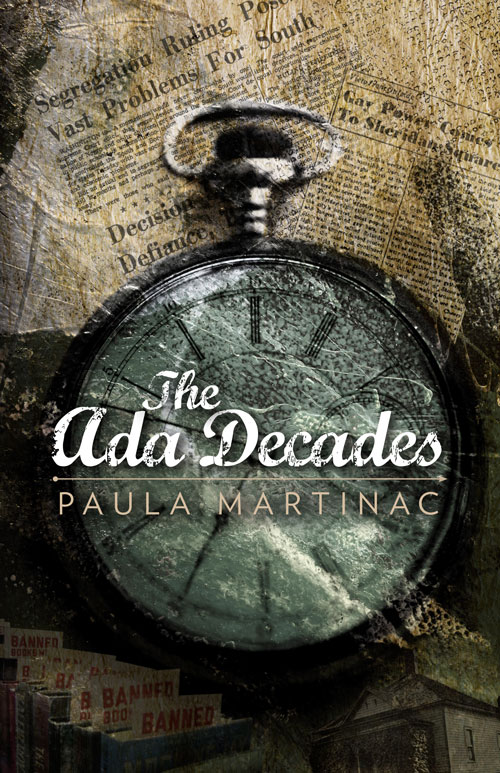My dad read history books for fun and I learned from his example, but I’m aware that some people might find that a weird passion. I think it has something to do with the way we learn history in school, which can make it seem dry and dull. History textbooks turn people from the past into cardboard figures, instead of living, breathing people just like us.
That’s where historical fiction comes in, and it’s one big reason why I write it. Bringing people from the past to life excites me.
Another reason I write historical fiction is because so much LGBTQ history has been erased or forced underground, and many queer people remain in the dark about our past. My wife teaches LGBTQ literature in college and finds few of her students even know what “Stonewall Rebellion” refers to.
LGBTQ historical fiction helps make our history more vivid, alive, and relevant. My new novel, Testimony, is set in 1960, a time in which queer college teachers and students faced harassment in a Lavender Scare-like spree. From 1955 to 1965, for example, legislators in Florida systematically purged queer faculty, students, and staff from that state’s schools. Testimony was inspired by the true story of an esteemed Phys. Ed. professor at UCLA named Martha Deane who was fired because her neighbor told university administrators that he saw her kiss another woman (more on Professor Deane next time).

I wrote Testimony during a new wave of anti-LGBTQ sentiment. My aim was to show the chilling effects of antigay activism. Freedom depends so much on the political climate, and according to a new report from Lambda Legal Defense, “In just four years, President Trump has ushered in a judicial landscape that is significantly more hostile toward LGBTQ people.” Miraculously, though, one of the Right’s high-profile judicial assaults failed—in June 2020, the U.S. Supreme Court ruled in Bostock v. Clayton County that anti-LGBTQ discrimination in employment violates Title VII of the Civil Rights Act of 1964.
I’m looking forward to an LGBTQ-friendly administration and political environment. Here’s hoping we can make up some of the ground we lost since 2017, especially for trans people. Holding onto freedom involves knowing and embracing your history. So, because I care about the LGBTQ future, I’ll continue to write fiction that highlights our past.


You must be logged in to post a comment.